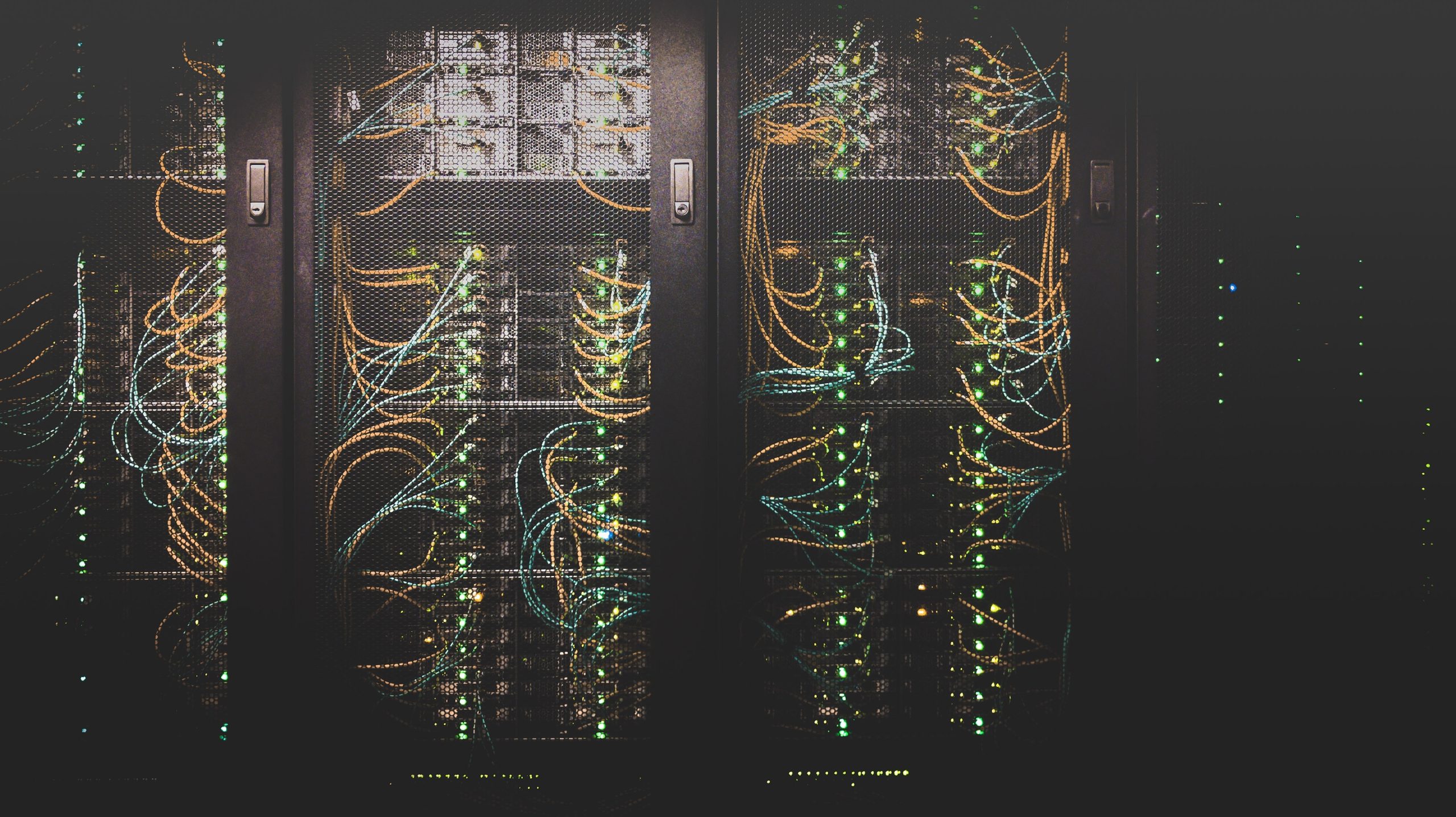As we approach the year 2023, it is crucial for Chief Information Officers (CIOs) to stay ahead of the rapidly evolving technological landscape. The role of a CIO has become increasingly complex and strategic, involving not just managing IT infrastructure but also driving innovation and digital transformation within organizations. With the ever-growing reliance on technology across industries, it is imperative for CIOs to identify and address key technology priorities that will shape the future of their businesses.
This article aims to highlight the top technology priorities that CIOs must focus on in 2023.
The evolving role of CIOs in 2023
In 2023, the role of Chief Information Officers (CIOs) is expected to go through significant changes as technology continues to advance at an unprecedented pace. One key aspect that CIOs must address is the increasing need for cybersecurity measures. With the proliferation of data breaches and cyber threats, CIOs will have to prioritize implementing robust security protocols to safeguard their organization’s sensitive information.
Another crucial area that CIOs will focus on in 2023 is digital transformation. As more businesses adopt cloud computing, artificial intelligence (AI), and Internet of Things (IoT) technologies, CIOs will play a pivotal role in driving these initiatives forward. They will be responsible for ensuring seamless integration of these technologies into existing business processes and maximizing their potential to enhance productivity and customer experience.
Additionally, CIOs in 2023 will also need to navigate the complexities of managing hybrid work environments. The COVID-19 pandemic has accelerated remote work trends, leading organizations to adopt flexible work models that combine office-based and remote setups. CIOs must adapt their strategies accordingly by leveraging collaboration tools, optimizing network infrastructure, and facilitating effective communication across distributed teams.
These challenges highlight the evolving role of CIOs in 2023 as they become even more integral in shaping technological strategies that drive business growth and resilience in an increasingly digital world.

Cybersecurity: Protecting against emerging threats
As technology continues to advance, so do the threats that come with it. In 2023, CIOs must prioritize cybersecurity measures to protect against emerging threats. One such emerging threat is the rise of ransomware attacks. These attacks involve hackers infiltrating an organization’s network and encrypting their data, demanding a ransom in exchange for its release. CIOs need to implement robust security measures such as network segmentation, multi-factor authentication, and regular data backups to mitigate the risk of falling victim to these attacks.
Another emerging threat that CIOs must address is the increasing sophistication of phishing attacks. Phishing emails have become more deceptive and harder to detect, often tricking employees into revealing sensitive information or clicking on malicious links. To combat this threat, CIOs should invest in employee training programs to educate staff about the signs of phishing attempts and how to respond appropriately. Additionally, implementing email filtering systems and regularly updating antivirus software can help prevent these types of attacks from penetrating an organization’s network.
In conclusion, as new technologies emerge, so do new cyber threats. CIOs need to stay vigilant in protecting their organizations’ sensitive information by implementing robust cybersecurity measures against emerging threats like ransomware attacks and sophisticated phishing attempts in 2023.
Data governance: Maximizing the value of data assets
Data governance is a critical aspect of effectively managing and leveraging data assets. With the increasing volume, variety, and velocity of data, organizations must prioritize data governance to maximize its value. By implementing robust data governance practices, CIOs can ensure that data is accurate, consistent, accessible, and secure.
One key area of focus for maximizing the value of data assets through effective data governance is establishing clear roles and responsibilities within the organization. This includes defining who owns the data, who has access to it, and who is responsible for maintaining its quality. By assigning these roles explicitly, organizations can avoid confusion and ensure accountability when it comes to handling valuable data assets.
Another important aspect of effective data governance is establishing appropriate policies and procedures for managing data throughout its lifecycle. This includes defining standards for collecting, storing, analyzing, sharing, and disposing of data. Implementing these policies ensures that data remains relevant and useful over time while also complying with regulatory requirements.
In conclusion, by prioritizing strong data governance practices within their organizations in 2023, CIOs can unlock the full potential of their valuable data assets.

Cloud adoption: Leveraging the benefits of cloud computing
One of the key technology priorities that CIOs must address in 2023 is cloud adoption and leveraging the benefits of cloud computing. As businesses continue to undergo digital transformations, the use of cloud computing has become essential in driving innovation and agility. Cloud adoption allows organizations to scale their infrastructure based on demand, reducing capital expenditures and increasing operational efficiency.
By leveraging the benefits of cloud computing, companies can also improve their data storage and management capabilities. With the ability to store large amounts of data securely in the cloud, organizations can access information from anywhere at any time, enabling better decision-making and collaboration across teams. Additionally, cloud-based solutions offer advanced analytics tools that provide valuable insights into customer behavior, market trends, and business operations.
Furthermore, adopting a cloud-first strategy not only streamlines IT operations but also enhances cybersecurity measures. Cloud providers have robust security protocols in place to protect sensitive data from cyber threats. This allows CIOs to focus on developing comprehensive security strategies rather than worrying about managing infrastructure vulnerabilities internally.
Artificial intelligence and automation: Transforming business processes
Artificial intelligence (AI) and automation are revolutionizing business processes across industries. With AI-powered algorithms and machine learning capabilities, organizations can streamline their operations, improve productivity, and enhance decision-making processes. By leveraging AI and automation technologies, businesses can automate repetitive tasks, such as data entry or customer support inquiries, freeing up employees’ time to focus on more strategic initiatives.
Moreover, AI enables businesses to gain valuable insights from vast amounts of data by analyzing patterns and trends that humans might miss. With the ability to process massive volumes of information in real-time, organizations can make data-driven decisions faster and more accurately. Automation also helps simplify complex workflows by eliminating human error and reducing manual interventions.
Ultimately, integrating AI and automation into business processes leads to increased efficiency, cost savings, improved customer experiences, and a competitive edge in the market. As technology continues to evolve rapidly in 2023 and beyond, it is crucial for CIOs to prioritize the adoption of AI and automation solutions in order to stay ahead of the curve and drive digital transformation within their organizations.

Digital transformation: Aligning technology with business objectives
One of the key elements of a successful digital transformation is aligning technology with business objectives. In order to achieve this alignment, CIOs must address certain technology priorities in 2023. One priority is ensuring that the technologies being implemented support the overall strategic goals and objectives of the organization. This means that CIOs need to carefully evaluate new technologies and determine how they can contribute to the achievement of specific business outcomes.
Another priority for CIOs is integrating various systems and technologies in a way that enhances operational efficiency and effectiveness. This involves creating an interconnected ecosystem where different applications, platforms, and devices can seamlessly communicate with each other. By doing so, organizations can streamline their processes, eliminate data silos, and improve decision-making capabilities.
Additionally, cybersecurity continues to be a top concern for CIOs in 2023. With increasing cyber threats and regulations around data privacy, it is crucial for organizations to invest in robust security measures to protect their digital assets. CIOs must prioritize implementing advanced security solutions such as encryption techniques, multi-factor authentication, and threat intelligence tools to safeguard sensitive information from potential breaches or attacks.
By addressing these technology priorities in 2023, CIOs will be able to align technology investments with business objectives more effectively. This alignment will enable organizations to harness the full potential of digital transformation and gain a competitive edge in today’s rapidly evolving technological landscape.
Conclusion: Embracing technology to drive organizational success
In conclusion, embracing technology is crucial for driving organizational success in today’s digital age. As CIOs plan for the future and prioritize their technology investments for 2023, several key areas must be addressed. Firstly, cybersecurity should remain a top priority to protect sensitive data and ensure business continuity. With increasing cyber threats and sophisticated attacks, organizations must invest in robust security measures to safeguard their systems and networks.
Moreover, the adoption of emerging technologies such as artificial intelligence (AI) and machine learning (ML) can significantly enhance operational efficiency and decision-making processes. By leveraging AI-powered solutions, companies can automate routine tasks, improve productivity, and gain valuable insights from vast amounts of data. Additionally, implementing cloud computing strategies can enable agility and scalability while reducing infrastructure costs.
Overall, organizations that embrace technology with a strategic approach are more likely to thrive in a competitive marketplace. By addressing cybersecurity concerns head-on and harnessing the power of emerging technologies like AI and ML while leveraging cloud computing benefits, CIOs can set their organizations on a path to long-term success in 2023 and beyond.
Matej Milohnoja
Related posts
New Articles
What Are The Advantages And Disadvantages of Linux?
Linux, an open-source operating system, has gained significant popularity over the years, particularly among developers, tech enthusiasts, and organizations seeking flexible…


